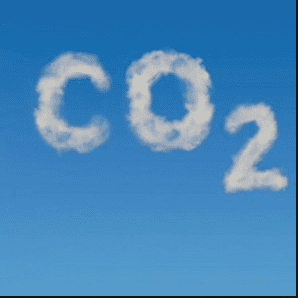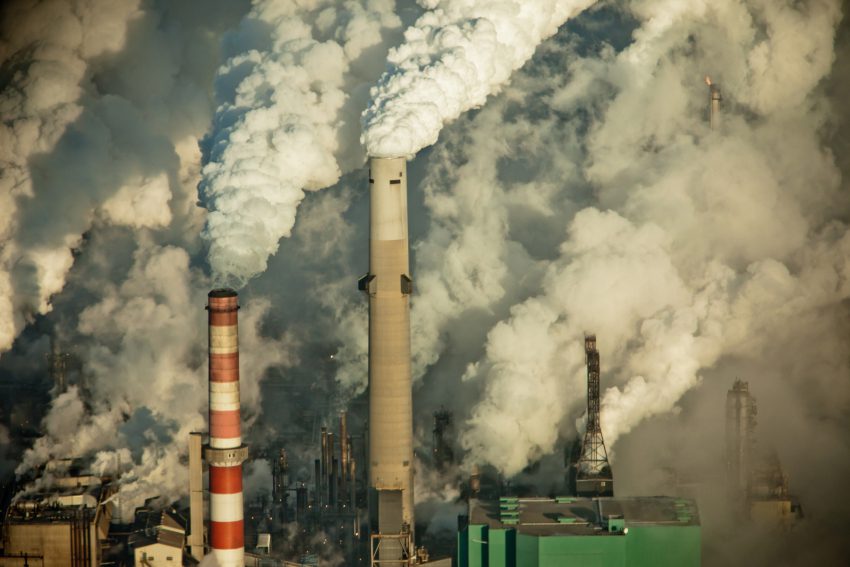Last month the federal government released its draft bill to put a price on carbon across Canada. It’s great that polluters will now have to pay for their carbon emissions and the impact they have on our worsening climate.


But did the federal government get the rules right? Because details matter, and last spring I laid out the principles that the Canadian government must adhere to in order to make carbon pricing as effective as possible at reducing carbon emissions that contribute to climate change.
The good news is that the vast majority of greenhouse (GHG) emissions in Canada will face a carbon price. According to the draft bill, a carbon price will be applied to greenhouse gases that are emitted from industrial processes. That’s in addition to carbon emissions from the burning of fossil fuels, such as gasoline for vehicles, natural gas for heating buildings, or coal to produce electricity. Involuntary leaks of methane from oil and gas facilities will unfortunately not be covered, though.


More good news: the carbon price will also increase according to the original schedule, from $20/tonne in 2019 to $50/tonne in 2022. However, the federal delay has cost us six months to a year of carbon pricing—it was supposed to be in place sometime in 2018.
The biggest piece of bad news is that, unless the draft bill is amended, industry will be able to avoid paying most of the carbon price in provinces that adopt the so-called Output Based Pricing System (OBPS). The OBPS allows facilities to pay for only a small portion of their carbon emissions based on how much carbon they emit per unit of production, such as per barrel of oil. Yes, it’s what used to be referred to as an intensity-based system. Some facilities and companies will actually be paid to pollute if they are relatively efficient.
This type of concession is supposed to be reserved only for industries that face competition from similar facilities in countries that don’t have a price on carbon. It makes sense; you wouldn’t want industries to leave Canada to pollute elsewhere. But only a tiny portion of Canadian industry faces this kind of competitive pressure, and yet in some provinces—notably Alberta, which is the highest GHG-emitting province—all of industry will be allowed to face the severely weakened OBPS. Power producers may be the only large emitters that have to pay the full carbon price.
One of the unknowns in the draft bill is how long large polluters will be able to avoid the full price on carbon. Research shows that these types of concessions need to be temporary, and I think that should be after only a few years—just long enough for industry to adjust. But rules proposed in Alberta would have those concessions continue for a century. Yes, phased out slowly over 100 years!


The federal government needs to amend these rules. Either big polluters need to pay the full carbon price right away or, at worst, have it phased in over a few years only.
There are other worrying unknowns. We don’t know what will happen to the carbon price after 2022. Research that Environmental Defence commissioned shows that the carbon price needs to continue to increase at the same pace after 2022 for Canada to meet its 2030 target under the Paris Agreement.
We also don’t know how many offsets industrial polluters will be able to use. The more that industry can just pay their way out—with offsets that may be dubious in terms of actually reducing carbon pollution—the less polluters will invest in decreasing their own carbon pollution.
This is only a draft bill at this point. If the federal government wants to guarantee that the price on carbon is as effective as possible everywhere in Canada, it needs to minimize or eliminate concessions to big polluters. And any weakened rules should be phased out quickly after a short transition period.
Otherwise, this signature piece of the pan-Canadian framework on climate change will not deliver the climate benefit that it could, and would make it very difficult for Canada to meet its international climate obligations.







